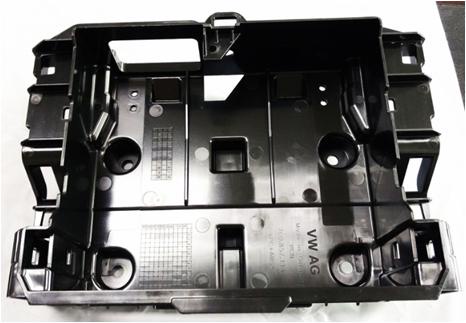In the realm of manufacturing, injection molding stands as a cornerstone process that has revolutionized the production of plastic and metal parts. This comprehensive guide aims to demystify the intricate world of injection molding cost, shedding light on its process, advantages, and widespread applications.
What is Injection Molding?
Injection molding is a highly versatile and widely adopted manufacturing technique used to create a variety of complex parts, components, and products. The process involves injecting molten material, typically plastic or metal, into a mold cavity under high pressure. Once the material cools and solidifies, the mold is opened, revealing the perfectly formed part within.
The Injection Molding Process
The injection molding process consists of several key stages:
1. Material Melting and Injection
In this initial step, solid plastic pellets are melted, transforming them into a viscous liquid ready for molding. The liquefied material is then injected into the mold under precise pressure and temperature control.
2. Cooling and Solidification
As the melted material fills the mold, it begins to cool and solidify, taking on the shape of the mold cavity. Cooling is a critical phase to ensure the final product's structural integrity and dimensional accuracy.
3. Mold Opening
Once the material has solidified, the mold is opened using specialized machinery. The newly formed part is ejected from the mold cavity, revealing its intricate design and features.
4. Part Ejection and Finishing
The ejected part might require additional processes, such as trimming, polishing, or assembly, depending on the intended application. These finishing touches enhance the part's quality and functionality.
Advantages of Injection Molding
Injection molding offers a plethora of advantages that contribute to its widespread adoption across industries:
Precision and Complexity
Injection molding enables the creation of intricate and complex geometries with high precision. This level of detail is challenging to achieve through other manufacturing methods.
Efficiency and Cost-Effectiveness
The ability to produce multiple parts simultaneously and at a rapid pace makes injection molding highly efficient. Additionally, the automation of the process reduces labor costs and minimizes material wastage.
Material Variety
From versatile plastics to metals, injection molding supports a wide range of materials, expanding its applicability to various industries.
Consistency and Reproducibility
Injection molding ensures consistent quality across every produced part. This reliability is vital for industries where uniformity and performance are paramount.
Applications of Injection Molding
The applications of injection molding span diverse industries:
Automotive
Injection molding is integral to producing various automotive components, including interior panels, exterior body parts, and intricate engine parts.
Consumer Goods
From electronics casings to kitchen appliances, injection molding facilitates the creation of consumer goods that are both aesthetically pleasing and functional.
Medical
Medical devices and equipment rely on injection molding for their precision and biocompatibility, ensuring the highest standards of safety and reliability.
Packaging
Plastic packaging, such as bottles, containers, and caps, are commonly manufactured using injection molding due to its efficiency and cost-effectiveness.
Conclusion
In conclusion, China injection molding stands as a pivotal manufacturing process that fuels innovation across industries. Its ability to craft intricate designs, coupled with efficiency and material versatility, makes it an indispensable technique. As you delve into the world of injection molding, you embark on a journey through the art and science of turning raw materials into the products that shape our modern world.


No comments yet